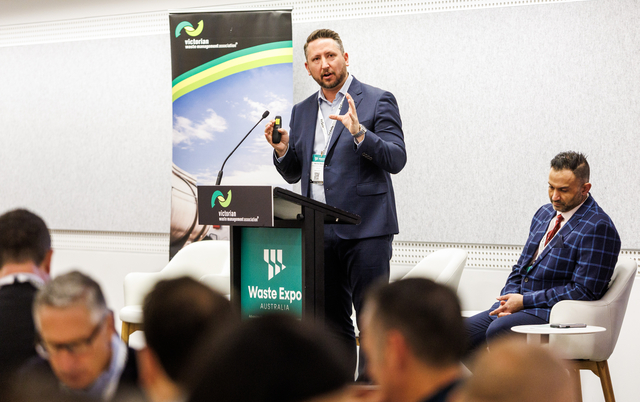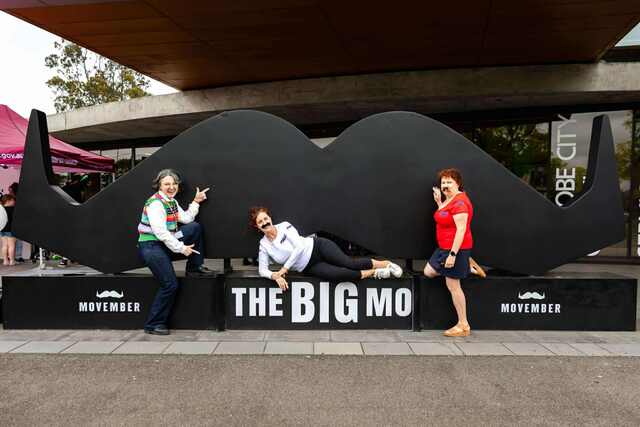Professor of Demography at the Australian National University, Peter Macdonald, presented the keynote address at the 7th Regional Cooperation and Development Forum. He said the good thing to come from our ageing population is that we are living longer, but with falling fertility rates there will be a shortage of young workers to provide the services this rapidly expanding section of our community will require.
“The implications of this will be extremely localised,” Professor Macdonald said. “As baby boomers increasingly move to the seaside areas, such as the north coast of New South Wales, Queensland coastal resorts, the Mornington Peninsula in Victoria and Victor Harbour in South Australia, those areas will experience a marked ageing of their population.”
He said that changes in population profiles will vary greatly from area to area. Using various locations in New South Wales as an example, Professor Macdonald said that trends indicate that in the Richmond Tweed area people living alone and couples without children will increase dramatically over the next 15 years.
In Bega/Eurobodalla, there will be large numbers of older people and a massive labour shortage of relatively younger people, while the inner Sydney area will increasingly become the “Executive Zone”, with vast numbers of young people with no children. Outer south western areas of Sydney will have many families with children, to the detriment of country areas which will lose families.
“Ageing outside Sydney will be much more dramatic with up to 30 per cent of the population in these areas aged over 65 years,” he said.“The further from Sydney you go the higher the ratio of older people compared to those in the working age group (25–50 years).
“The issue is: where will the labour come from to deal with the needs of an ageing population?”
Professor Macdonald said that Council areas within Sydney will be able to cope but for other areas, over the next 30 years, the ratio of older people to workers will increase up to threefold.







